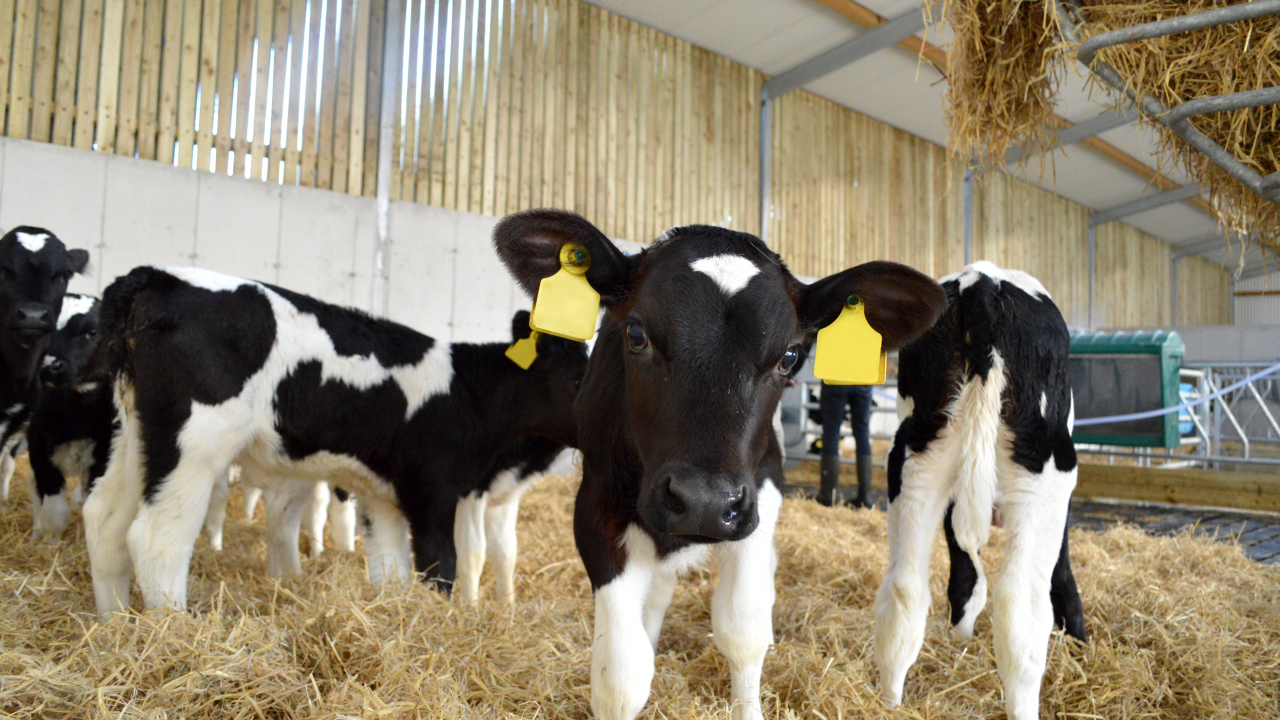Teagasc has confirmed to AgriLand that in cases where a contract calf or heifer rearing arrangement is arrived at between a dairy farmer and another person, TB testing implications will arise.
It is a full farm-to-farm movement in and then movement back out again when the animals are returned to the original farmer.
DAFM guidance
The issue of TB testing arrangements is covered in a Department of Agriculture, Food and the Marine (DAFM) explanatory leaflet entitled: Contract rearing and bovine TB: How can the risks be reduced?
In the first instance, the herd supplying the calves will be restricted until it has two clear TB tests. Cattle cannot be moved into the herd until it has had one clear TB test.
Heifers, or calves, which have moved into the contract rearing herd, may be subject to a forward-trace test. If they test positive, the contract rearing herd in which they reside would be restricted too.
The calves or heifers may then be moved back under permit. The farmer loses all rights to income supplement, hardship grants and reactor grants for animals that return to the main herd during the restriction if those animals become reactors during that breakdown.
Serious problem if the main dairy herd becomes restricted
Movements of bovines from or to TB restricted herds can only take place in line with permits issued by DAFM.
This may pose a serious problem if the main dairy herd becomes restricted shortly before the calving period. In such instances, replacement heifers cannot return to the main herd until one clear test in the main dairy herd.
If a contract rearer takes in heifers from more than one herd, the risk is higher.
Questions should be asked about the TB history of the contract rearing herd: if there has been a recent outbreak of TB, there is a higher risk that there will be a repeat breakdown.
It is safer to use a rearer with a clear TB history.
